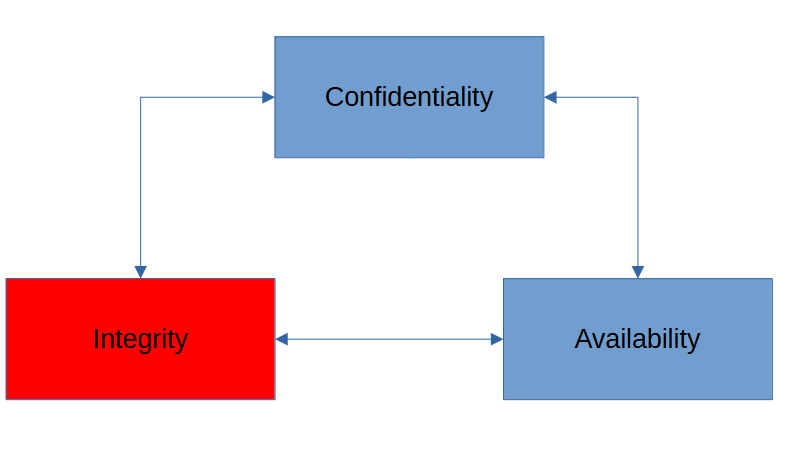Integrity is the second aspect of cybersecurity. Integrity means we can prove that data is intact and is not corrupt or modified.
Not every case of data corruption is due to a threat actor. Other scenarios can be a factor. One example is bit flipping due to a failing solid-state drive or some other drive malfunction.
We can validate data by passing the data through a hashing algorithm. If the result is identical to a previous pass, we can guarantee that the data has not been tampered with or corrupted.
To defend against data tampering or corruption, we have a few tricks to keep us safe or minimize the damage caused.
One line of defense is to have backups of important data. Backing data up can help maintain some level of data integrity. If data is lost or corrupted, we can recover it. However, this isn’t guaranteed to restore integrity entirely if the backup isn’t current.
Another way we can defend against data corruption is by storing data in a raid 1/5/10 array. For example, raid 5 allows one drive to fail before any data is lost. We could then replace the failed drive with a new one. The raid array will then rebuild itself.
